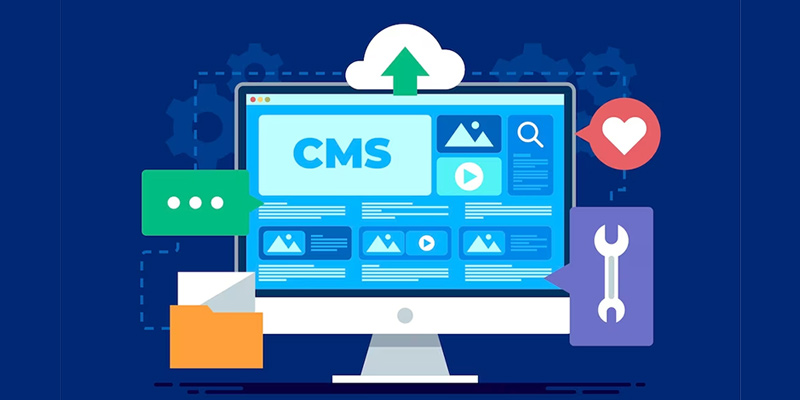Web Development 28.04.2023
Introduction
Magento is an open-source eCommerce platform that is used by over 250,000 merchants worldwide. It is a powerful and flexible platform that can be used to create a wide variety of eCommerce websites, from small online stores to large enterprise-level sites.
In this blog post, we will discuss the benefits of using Magento for eCommerce development, as well as the steps involved in building a Magento website. We will also provide some tips for choosing a Magento development partner and for ensuring the success of your Magento project.
Benefits of Using Magento for eCommerce Development
There are many benefits to using Magento for eCommerce development, including:
- Powerful features: Magento is a feature-rich platform that includes everything you need to build a successful eCommerce website, including product management, inventory management, shipping and payment integration, and more.
- Flexibility: Magento is a highly flexible platform that can be customized to meet the specific needs of your business. You can change the look and feel of your website, add new features, and integrate with third-party applications.
- Scalability: Magento is a scalable platform that can grow with your business. As your business grows, you can easily add new products, increase your inventory, and handle more traffic.
- Security: Magento is a secure platform that is regularly updated to protect your website from security threats.
Steps Involved in Building a Magento Website
The steps involved in building a Magento website can be broken down into the following four phases:
- Planning: The first step is to plan your Magento project. This includes defining your business goals, determining your target market, and researching your competition.
- Design: The next step is to design your Magento website. This includes creating a wireframe, designing the look and feel of your website, and creating the content for your website.
- Development: The third step is to develop your Magento website. This includes installing Magento, configuring Magento, and adding custom features to Magento.
- Testing: The final step is to test your Magento website. This includes testing the functionality of your website, testing the security of your website, and testing the performance of your website.
Choosing a Magento Development Partner
If you are not a developer, you will need to hire a Magento development partner to build your website. When choosing a Magento development partner, there are a few things you should keep in mind:
- Experience: Make sure the development partner has experience building Magento websites.
- Reputation: Make sure the development partner has a good reputation.
- Communication: Make sure the development partner is easy to communicate with.
- Price: Make sure the development partner is affordable.
Ensuring the Success of Your Magento Project
There are a few things you can do to ensure the success of your Magento project:
- Set realistic expectations: It is important to set realistic expectations for your Magento project. Don't expect to build a fully functional eCommerce website overnight.
- Stay involved: It is important to stay involved in your Magento project. This will help ensure that the website is built to your specifications.
- Provide feedback: Be sure to provide feedback to your development partner throughout the development process. This will help ensure that the website meets your needs.
Conclusion
Magento is a powerful and flexible platform that can be used to create a wide variety of eCommerce websites. If you are looking for a platform that can help you grow your business, Magento is a great option.
If you have any questions about Magento or if you would like to discuss your Magento project, please feel free to contact us. We would be happy to help you get started.
Be notified when we add a new articles





![]()